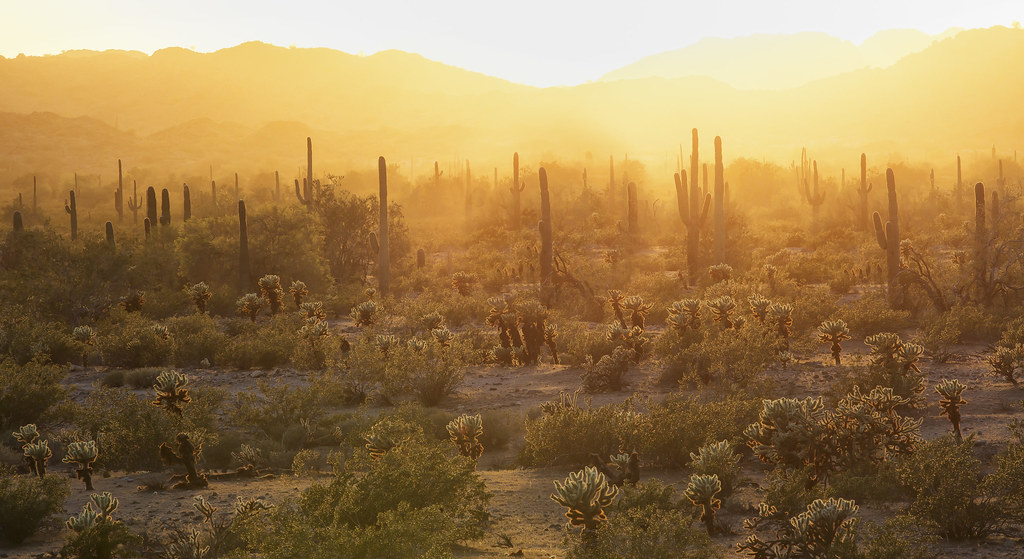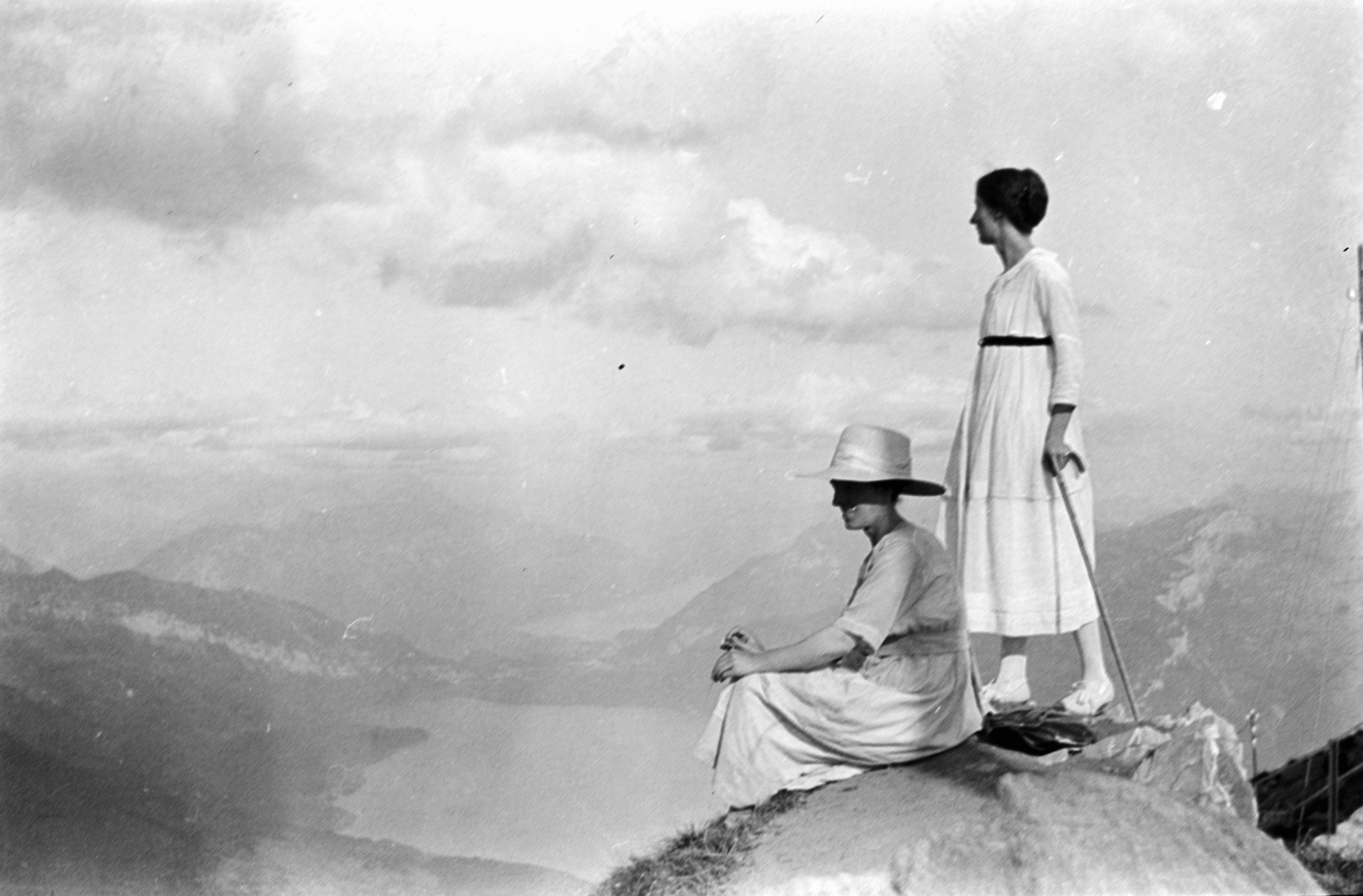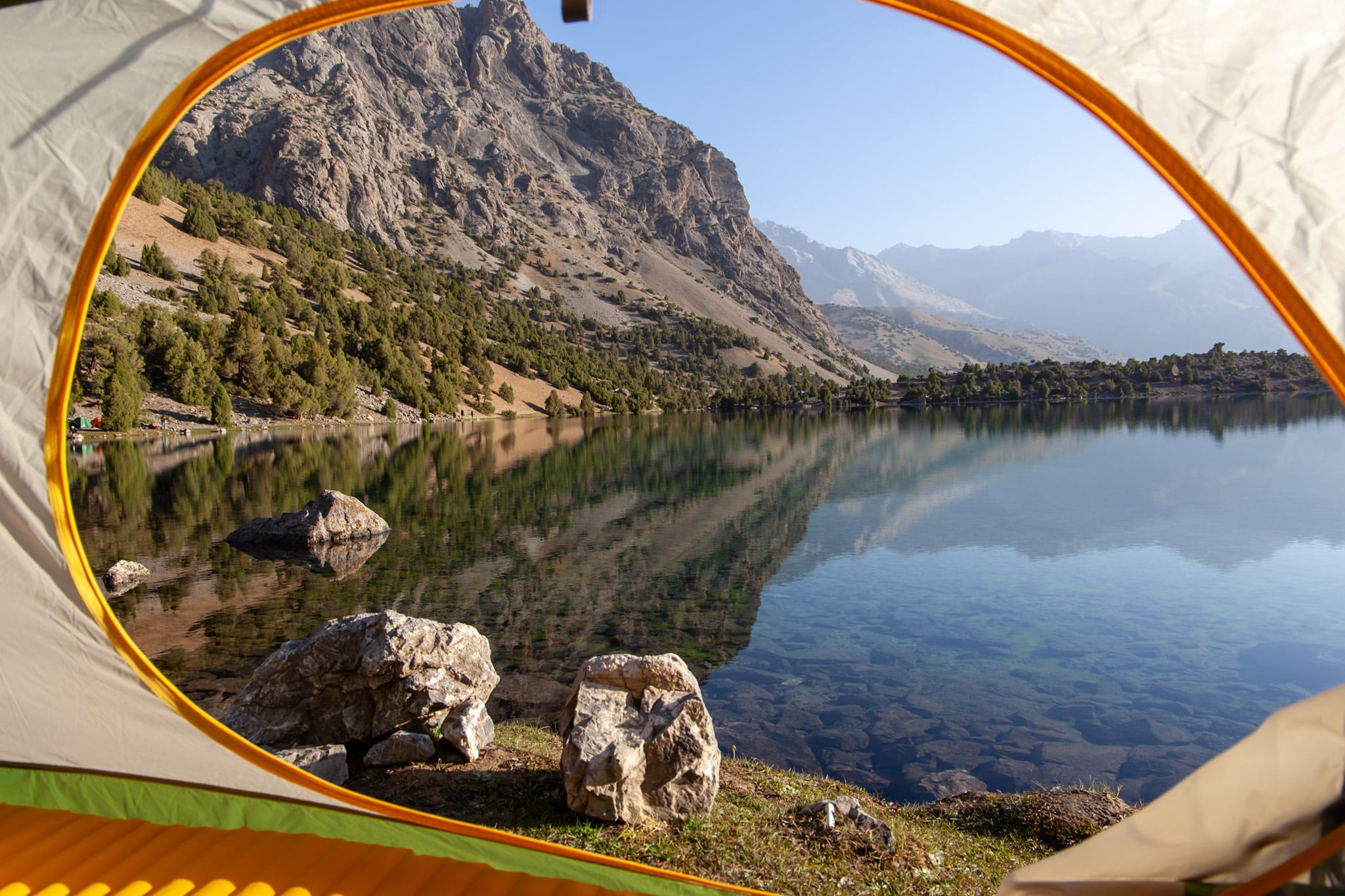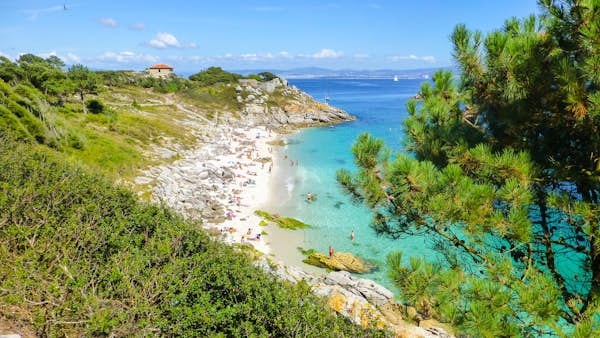Titanic's Legacy: Our Favorite Reads
Just before midnight on April 14, 1912, the RMS Titanic struck an iceberg. What happened next should be a familiar story by now: The iceberg ripped open the hull of the ship’s starboard side, flooding the compartments with the icy waters of the North Atlantic. The closest ship was hours away, and there weren’t enough lifeboats to accommodate all the passengers. Of the 2,224 people estimated to be on board, more than 1,500 died. The disaster has been the subject of public fascination for more than a century. There are monuments, museums, and memorials dedicated to the ship and the people who were lost when it sank. It has inspired books, poems, plays, and movies—the 1997 James Cameron romance arguably the most famous of the bunch. It also spurred changes in maritime regulations, as well as research into the cause of the wreck and its aftermath. In these five stories, Atlas Obscura explores the different facets of the Titanic’s legacy. For Sale: A Titanic Survivor's Light-Up Cane by Sabrina Imbler Ella White, a wealthy 55-year-old widow, had a first-class ticket for the Titanic and a slightly less luxurious seat on Lifeboat No. 8, the second boat to leave the sinking ship. White used the battery-powered light-up cane to navigate the pitch-black ocean, and her group of survivors was eventually picked up by a nearby ship. In a 2019 auction, the cane sold for $62,500. Make the Jellied Delicacy Served Aboard the Titanic by Diana Hubbell The night before the Titanic sank, the passengers in first class dined on a sumptuous 11-course feast that included freshly shucked oysters, spring lamb with mint jelly, asparagus in vinaigrette, poached salmon with mousseline sauce, filet mignon, and roast duckling. For dessert, one of the options was a wiggling, glinting Chartreuse jelly adorned with peaches, and we have the recipe. Where Are the World’s Most Dangerous Seas? by Laura Kiniry The Atlantic Ocean between Southampton, England, and New York City is a notoriously rough stretch of sea, especially during winter months, when heavy winds and rains can seemingly whip up in an instant. But despite this being the final resting place for the Titanic—which sank about 400 miles off the coast of Newfoundland—most marine professionals wouldn’t deem it to be the world’s most dangerous body of water. But nailing down which one actually is the most dangerous is complicated. The World’s Fastest Glacier Is Loud, Dangerous, and Transfixing by Matthew H Birkhold Hundreds of miles north of the Arctic Circle, the Jakobshavn Glacier hurls icebergs into the sea. Glaciologists suspect this mass of ice produced the iceberg that sank the Titanic in 1912. Today, Sermeq Kujalleq—Greenlandic for “southern glacier”—still slithers along the same rocky fjord. It’s the world’s fastest iceberg, traveling an average of 130 feet every 24 hours and calving more than 4 billion tons of ice each year into Greenland’s Ilulissat Icefjord. The SS United States Heads Into Unknown Waters by Matthew Christopher The SS United States was built nearly 40 years after the Titanic sank, but precautions taken on its maiden voyage were influenced by the Titanic’s disastrous trip across the Atlantic. They worked—the bigger, faster ship set a record that it still holds for the fastest eastbound crossing by an ocean liner. But even with all its successes, the United States is also bound for the ocean floor. Despite efforts to preserve the historic ship as a museum, the ocean liner will instead become the world’s largest artificial reef.

Just before midnight on April 14, 1912, the RMS Titanic struck an iceberg. What happened next should be a familiar story by now: The iceberg ripped open the hull of the ship’s starboard side, flooding the compartments with the icy waters of the North Atlantic. The closest ship was hours away, and there weren’t enough lifeboats to accommodate all the passengers. Of the 2,224 people estimated to be on board, more than 1,500 died.
The disaster has been the subject of public fascination for more than a century. There are monuments, museums, and memorials dedicated to the ship and the people who were lost when it sank. It has inspired books, poems, plays, and movies—the 1997 James Cameron romance arguably the most famous of the bunch. It also spurred changes in maritime regulations, as well as research into the cause of the wreck and its aftermath. In these five stories, Atlas Obscura explores the different facets of the Titanic’s legacy.
For Sale: A Titanic Survivor's Light-Up Cane
by Sabrina Imbler
Ella White, a wealthy 55-year-old widow, had a first-class ticket for the Titanic and a slightly less luxurious seat on Lifeboat No. 8, the second boat to leave the sinking ship. White used the battery-powered light-up cane to navigate the pitch-black ocean, and her group of survivors was eventually picked up by a nearby ship. In a 2019 auction, the cane sold for $62,500.

Make the Jellied Delicacy Served Aboard the Titanic
by Diana Hubbell
The night before the Titanic sank, the passengers in first class dined on a sumptuous 11-course feast that included freshly shucked oysters, spring lamb with mint jelly, asparagus in vinaigrette, poached salmon with mousseline sauce, filet mignon, and roast duckling. For dessert, one of the options was a wiggling, glinting Chartreuse jelly adorned with peaches, and we have the recipe.
Where Are the World’s Most Dangerous Seas?
by Laura Kiniry
The Atlantic Ocean between Southampton, England, and New York City is a notoriously rough stretch of sea, especially during winter months, when heavy winds and rains can seemingly whip up in an instant. But despite this being the final resting place for the Titanic—which sank about 400 miles off the coast of Newfoundland—most marine professionals wouldn’t deem it to be the world’s most dangerous body of water. But nailing down which one actually is the most dangerous is complicated.

The World’s Fastest Glacier Is Loud, Dangerous, and Transfixing
by Matthew H Birkhold
Hundreds of miles north of the Arctic Circle, the Jakobshavn Glacier hurls icebergs into the sea. Glaciologists suspect this mass of ice produced the iceberg that sank the Titanic in 1912. Today, Sermeq Kujalleq—Greenlandic for “southern glacier”—still slithers along the same rocky fjord. It’s the world’s fastest iceberg, traveling an average of 130 feet every 24 hours and calving more than 4 billion tons of ice each year into Greenland’s Ilulissat Icefjord.
The SS United States Heads Into Unknown Waters
by Matthew Christopher
The SS United States was built nearly 40 years after the Titanic sank, but precautions taken on its maiden voyage were influenced by the Titanic’s disastrous trip across the Atlantic. They worked—the bigger, faster ship set a record that it still holds for the fastest eastbound crossing by an ocean liner. But even with all its successes, the United States is also bound for the ocean floor. Despite efforts to preserve the historic ship as a museum, the ocean liner will instead become the world’s largest artificial reef.










































































































































































































































































